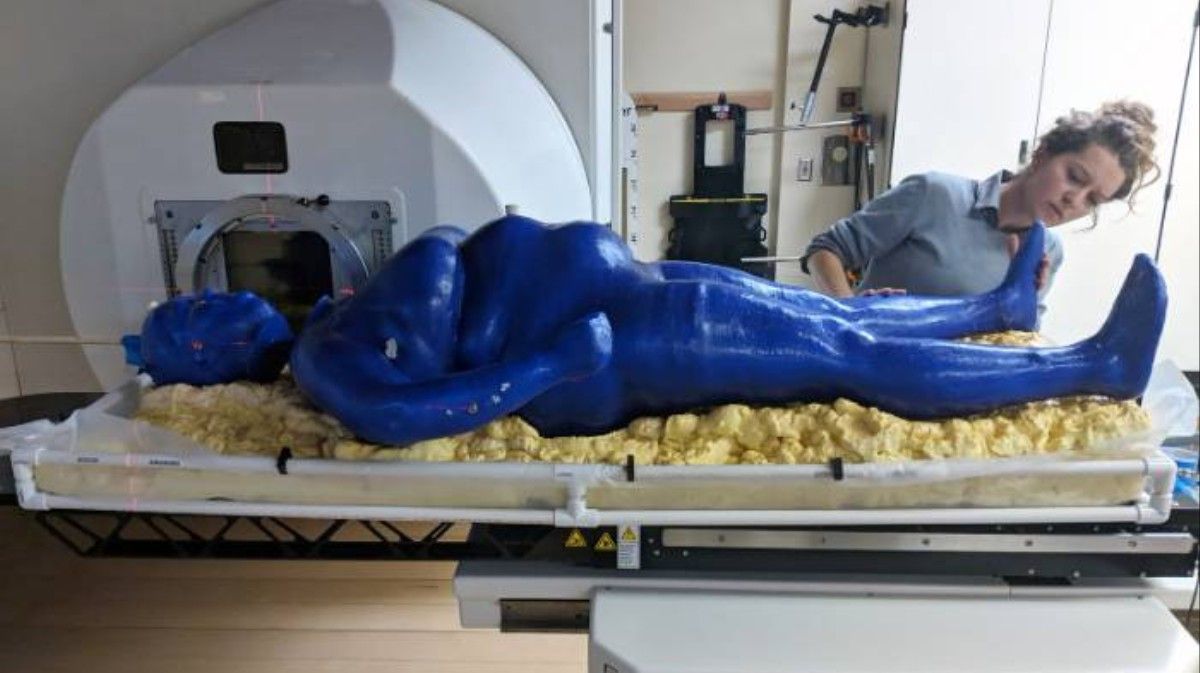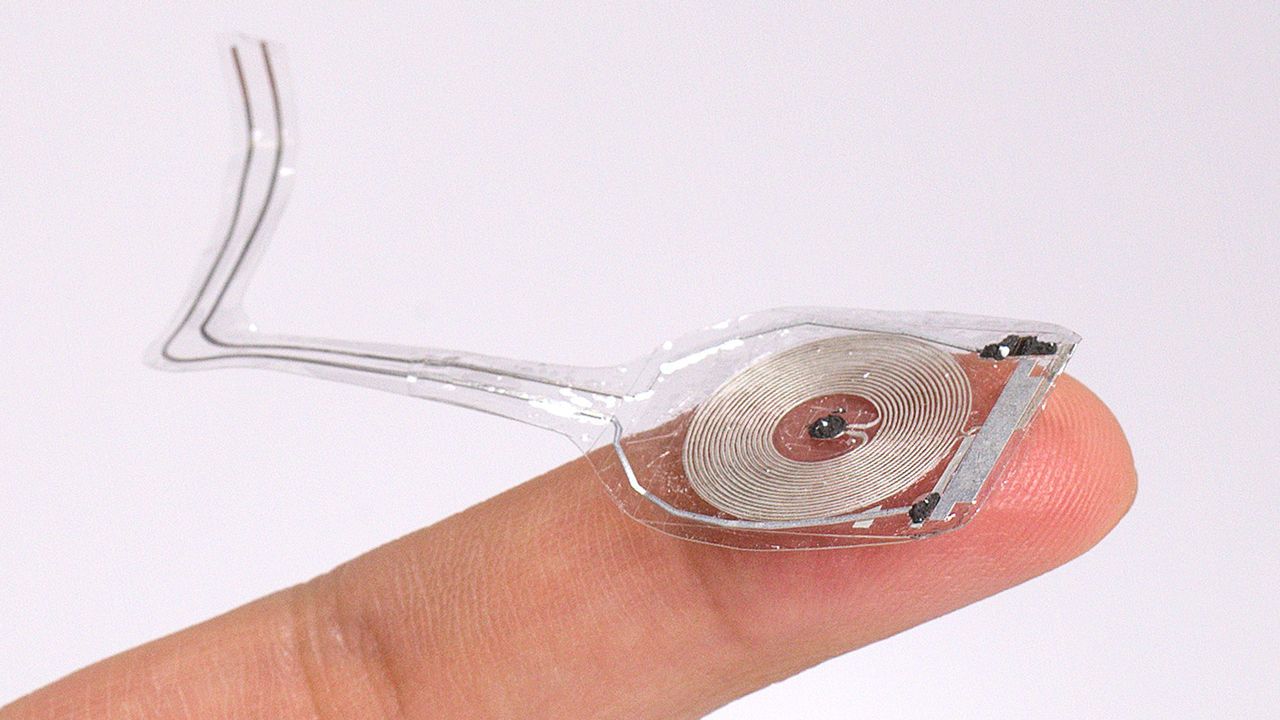Will AI transform — or replace — the Humanities?
Artificial Intelligence has the potential to revolutionize the Humanities by transforming how we analyze texts.

A startup based in Maryland has released and tested an impressive new quantum computer that demonstrates the power of an occasionally overlooked quantum computing architecture.
Companies like IBM, Google, and Rigetti are developing new kinds of computer processors that rely on the mathematics of subatomic particles to potentially perform calculations difficult for classical computers to do. These devices use superconductors as the basis for their qubits. A company called IonQ, however, has now announced a state-of-the-art system that relies on the quantum nature of atoms themselves, and it’s one of the best-performing quantum computers yet.



There will be no New Year’s Eve revelry for those working on NASA’s New Horizon’s space probe. They will need to be stone cold sober with their wits about them when, on New Year’s Day 2019, it whizzes past one of the fossil building blocks of the planets and one of the most primitive bodies in the Solar System.


Researchers from the Rutgers New Jersey Medical School are attempting to defy and reverse the biological aging process by developing a therapeutic vaccine that would bolster the essential repair and regeneration processes of cells.
This is potentially important research since the current life expectancy at birth is around 78.8 years in the USA.
In the United States, about 46 million people are above the age of 65. This number is expected to double by 2060, therefore increasing age-related health issues, reports Census.org.

Take this NASA IQ test and see if you’ve got the brains to be an astronaut.

“We’re sorry this happened,” Facebook said in a statement after disclosing yet another privacy failing.
Facebook said on Friday in a developer-focused blog post that it had discovered a nasty bug in its photo software.
The bug allowed authorized app programmers to access photos that people had uploaded to Facebook but not publicly shared, as well as those posted on Facebook’s Marketplace software or Facebook Stories, the post said.
There are several cases in which someone might have uploaded a photo but didn’t share it, Facebook explained.